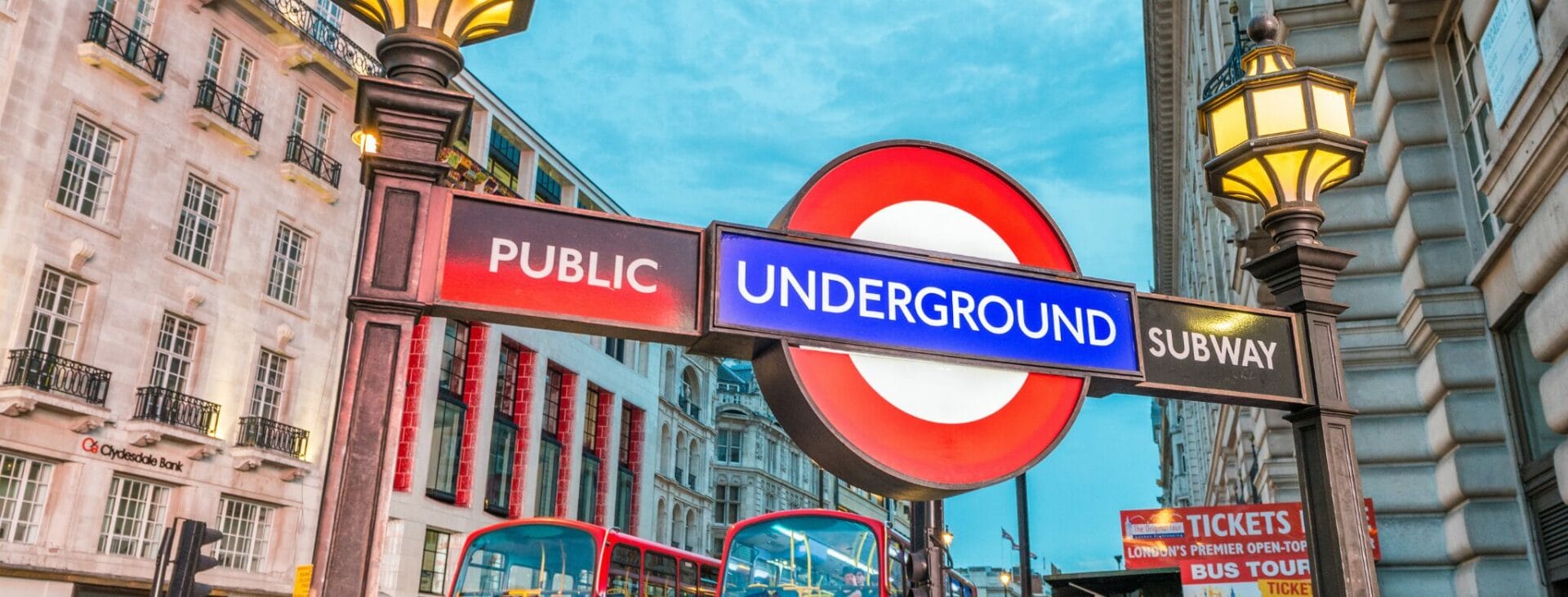In recent months, the Extinction Rebellion London has gained international attention for their protests in London. For many people around the world, this was the first they had ever heard of this movement. But who are they? What do they want? And more importantly, how far are they willing to go to gain it?
The Extinction Rebellion started in the UK, some time in 2018. Their first public protest in London took place in April 2019, and many of its members have stated that about a dozen other countries have Extinction Rebellion sects within their borders. It has not been stated exactly which countries these are. The aim of the Extinction Rebellion is to drive awareness and change to the world’s global climate crisis. It has three main stated demands:
- The government of the UK must declare a climate “emergency.”
- The UK must legally commit to bringing carbon emissions to 0 by 2025
- A citizen’s assembly must be formed to oversee the changes being made
These goals are incredibly ambitious and achieving them would mean major changes made to life in the UK. However, the movement seems unwilling to budge, stating that the future of the planet depends on it, and it can be assumed that similar goals are set for every country in which the Extinction Rebellion is operating.
The Extinction Rebellion does not offer up solutions for the climate crisis, instead believing their third major demand will provide these solutions. They believe a citizen’s assembly, made of randomly selected people from all parts of society, will be able to decide what actions to take to solve the climate crisis with assistance from subject matter experts.
The Extinction Rebellion’s symbol is an hourglass within a circle, representative of the time they believe is ticking away for most of Earth’s species due to the climate crisis.
The Extinction Rebellion’s tactics seem to focus primarily on nonviolent protest, including sit-ins and nonviolent blockades. In London, Extinction Rebellion activists brought many of the city’s main thoroughfares to a halt by blocking roads or chained themselves to trains. Others marched on Heathrow Airport or the London Stock Exchange. Many of these activists – over one thousands of them – were arrested by police for not following orders to move. This protest lasted eleven days and brought much of life in London to a halt.
There have been reports of crimes such as property damage committed by members of Extinction Rebellion, but these are admittedly few and far between in comparison to the numbers found in nonviolent protests.
Other protests of similar nature have happened around the world, including in New York, Paris, and Berlin. Almost all of these followed the same pattern, although they did not last as long as the protests in London. In Paris, activists were pepper sprayed as they blocked a bridge over the Seine River. New York protestors blocked traffic, although this lasted only a matter of hours. In Berlin, Extinction Rebellion members chained themselves to Angela Merkel’s Chancellery. Estimates from the group indicate that roughly four hundred of their activists worldwide have been arrested.
Critics of Extinction Rebellion are equally vocal, calling them “environmental fanatics” and accusing them of more violent actions in their protests. In response, Extinction Rebellion’s public statement has stated that anyone who is upset by their protests should “find out more about the severity of the ecological and climate crisis.”
It has also defended its members who have committed criminal damage, such as smashing windows or painting on buildings. The group has stated that sometimes these tactics are necessary, and that the members are careful to avoid putting anyone at risk when performing these acts.
The group have received support from some public figures and celebrities. On the other hand, most of their opponents are people between the ages of fifty and sixty-five, and especially with those over sixty-five.
There is word that there are more protests planned in cities worldwide including Amsterdam, Sydney, and Berlin. They plan for these protests to last two weeks in each city, using civil disobedience to disrupt more city’s economies and draw more attention to their aims and demands. Only time will be able to tell if these protests will be able to last this long, but one thing is for certain: we are likely to hear more from them in the coming months.









